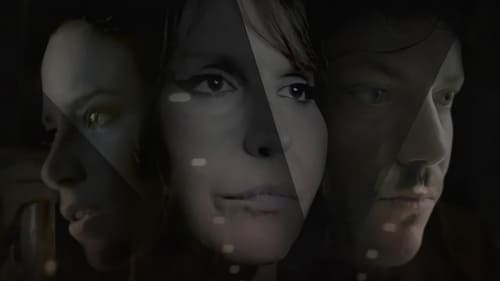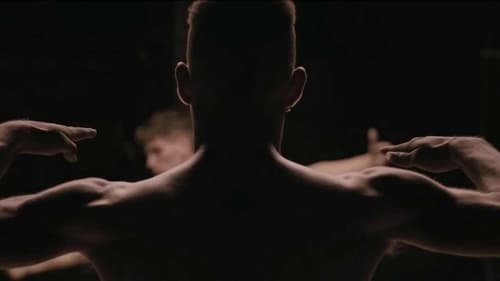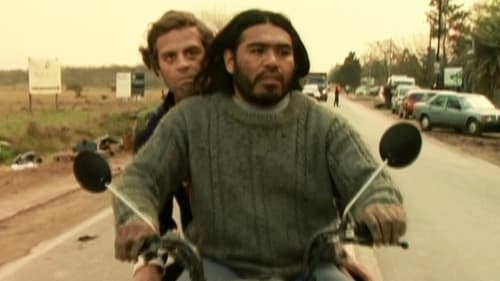
Director of Photography
1985 – two years after the end of the military dictatorship in Argentina, leading members of the junta are tried in court. Ulises de la Orden creates 18 succinctly edited chapters from 530 hours of footage, bearing witness to state terror.

Director of Photography
In 1982 the Malvinas war affected combatants from Argentina and the United Kingdom. The shock wave of the crisis shook thousands of souls in many countries. This documentary tells five stories of civilians whose lives changed forever by the conflict. An inquiry about being in the right place, at the right time, or the opposite

Cinematography

Director of Photography
Filmed during a school year at the experimental school “Los Biguá” on the Banks of the Carapachay River, in the Argentine Delta. A school for parents. Another way of viewing education in a permanent state of caution: does the State allow this school to exist? How do we keep it running? The southeastern wind blows and the tide rises. A self-sustaining educational project based on developing children’s autonomy from an early age, run by teachers and parents.

Cinematography
A day of fishing between a father and a son. Love, power, a failed fantasy, and a childhood song that continues to play like constant, repetitive music.

Director of Photography
Lola tries not to drop her talent, threatened by the passage of time and the irreversible events that devastated her happiness. Ana, will try to survive a violent relationship with Victor that will bring her closer to the world of prostitution. Lucio hand in hand with cocaine addiction, will destroy its precarious humanity.

Director of Photography

Director of Photography
A couple moves to Patagonia escaping from the impositions of modern capitalist society. At first, the place, the people, the life seems to be what they are looking for. A new world away from everything. But soon they will discover that not everything is so magical or so simple, nor are they prepared to deal with that life. They will think about giving up. They will return to the city, but they do not fit there either: the place they left behind has already changed them. They will make a new attempt, a revealed truth, it will make everything stumble stronger than ever. But as they go through this, they will grow stronger to continue trying a new life.

Director of Photography
In the north of the pampas, the remains of a population lie hidden under the soil; they’ve been this way for more than a century. Their casual discovery is the starting point with which the film tries to puzzle out that mystery. There where soy reigns, one more battle is fought in the constant struggle of film against oblivion.

Director of Photography

Director of Photography
Sometimes the links can be built from the passions. Sometimes those links can become passions. For Hugo, a solitary taxi driver from Buenos Aires, the total, absolute and exclusive passion is San Lorenzo, which is not only an active part of his past, but a healthy obsession that bathes that gives color to his life. Until a single mother and her son cross their path. Now there will be someone to share the passion with. Maybe something more.

Camera Department Manager
The stories of Zara, Verónica and Mora intersect and intertwine through memories, places, and people in common. Love is not always the livelihood of a couple, even when all are built in their name.

Director of Photography
Santiago Mitre co-directs his first movement following The Student together with choreographer Onofri Barbato. Although it would have been more accurate to say “his first film-story-adventure-movie-great movie following The Student”, the word movement fits perfectly in Los posibles, the most overwhelmingly kinetic work Argentine cinema has delivered in many, many years. The film deals with the adaptation of a dance show directed by Onofri together with a group of teenagers who came to Casa La Salle, a center of social integration located in González Catán, trying to find some refuge from hardship. Already entitled Los posibles, the piece opened in the La Plata Tacec and was later staged in the AB Hall of the San Martín Cultural Center. Now, it dazzles audiences out of a film screen, with extraordinary muscles and a huge heart: Los posibles is a rhapsody of roughen bodies and torn emotions. Precise and exciting, it’s our own delayed, necessary, and incandescent West Side Story.

Director of Photography

Director of Photography









